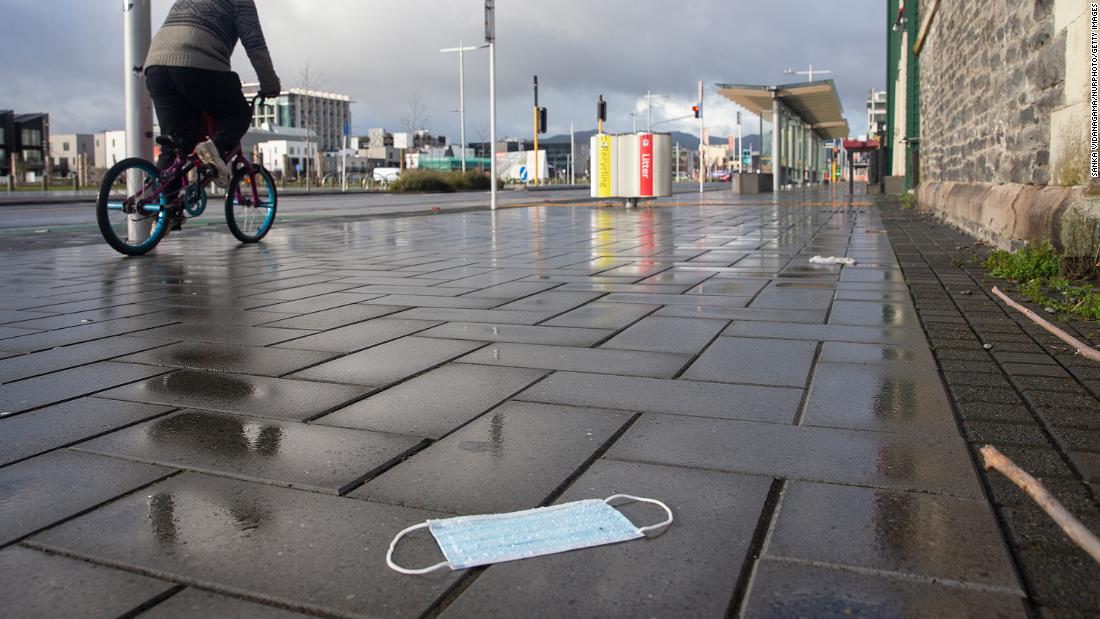

The situation thus demanded the implementation of safety measures to reduce the impact of this novel disease. Kerala was initially the most COVID-19 affected state in India. To contain the virus and to cope up with the negative consequences of the disease, many countries have adopted initiatives to lessen anthropogenic interactions that involve enforcement of strict quarantines, the prohibition of public gatherings, restrictions on different transportation means, encouragement of social distancing, imposing curfews and lockdowns.Īfter the confirmation of Ist COVID-19 case from India on 30th of January 2020, advisory posing restrictions regarding international travels to the countries like China, Italy, Iran, Republic of Korea and Japan were imposed on March 11, 2020.

The disease posed a global threat after its devastating results ( Wang et al., 2020a). The disease that was later renamed COVID-19 had already affected more than 100 countries ( Organization, 2020) before its detection. However, its existence has been reported a few decades back. The disease was reported in December 2019 in Wuhan, China ( Lu et al., 2020 Zhu et al., 2019). The outbreak of COVID-19 pandemic with an alarming exponential spread has created health crises throughout the world. This research would therefore serve as a guide to environmentalist, administrators and frontline warriors for fighting our the way to beat this deadly disease and minimize its long term implications on health and environment. Several aspect of environment such as air, water, noise pollution and waste management during, pre and post lockdown scenario were studied and evaluated comprehensively. This article highlights the impact of lockdown on the environment and also discusses the pre and post lockdown air pollution scenario across major cities of the world. Drastic reductions in NO (−77.3%), NO 2 (−54.3%) and CO (−64.8%) (negative sign indicating a decline) concentrations were observed in Brazil during partial lockdown compared to the five year monthly mean. Compared to previous year, there was 11.4% improvement in the air quality in China. In China, Italy, France and Spain, there were about 20–30% reduction in NO 2 emission while in USA 30% reduction in NO 2 emission were observed. However, it also posed some positive impacts on environment as well particularly in the context of air quality due to reduction in concentrations of particulate matter (PM), NO 2 and CO across the major cities of the globe as indicated by several research organizations. This lock down brought about drastic impacts at social and economic fronts. This has led to the imposition of lockdown across the globe to prevent the further spread of this disease. The alarming exponential increase in the transmission and fatality rates related to this disease has brought the world to a halt so as to cope up with its stern consequences. Join in the CLIMATE LOCKDOWN online protest by posting our banner on your social media.The outbreak of COVID-19 pandemic has emerged as a major challenge from human health perspective. The health of the world reflects the health of each of us. The CLIMATE LOCKDOWN is a recognition that the current coronavirus crisis, like climate change, is a result of our destruction of the nonhuman world. It reframes the sheltering in place many of us are doing as a form of protest, of resistance to shortsighted environmental planning while we, as a planetary community, gain resistance to this new coronavirus.Transform pandemic anxiety into an engine for change! In the absence of collective action convincing policymakers of the continued need to work toward a sustainable future, measures aimed at keeping carbon out of the atmosphere are being swiftly rolled back.Īddressing the inability to gather, the CLIMATE LOCKDOWN is a protest-in-place. With more than half of the planet on lockdown, climate change protests across the globe have been canceled. If you think the Covid-19 pandemic is bad, wait till you see how climate change will hit us in the near future if we do nothing now.


 0 kommentar(er)
0 kommentar(er)
